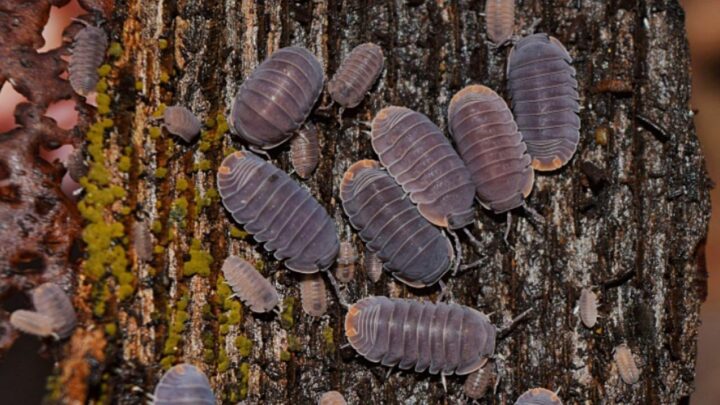Cubaris murina, also known as Little Sea isopods, has a translucent body with attractive embedded eyes.
Taking care of Cubaris murina is relatively easy and simple compared to other isopods. Their breeding rate is very quick and impressive.
Cubaris murina belongs to the family of Armadillidae and is also known as the little Sea Pillbug.
Cubaris murina is found in the regions of the Pacific Ocean, Tropical Asia, Mexico, South America, North America, and Australasia. Like many other isopods, Murina is also habitual of living in a temperate environment.
If you’re eager to take care of Sea Pillbugs in your terrarium or vivarium, then better read the tips below.
Cubaris murina Care
Cubaris murina needs optimum growing temperatures ranging between 70-80°F (22-27°C). They can grow in any environmental condition, but keep them in a less populated area as they enjoy an undisturbed environment. They love eating fruits, however, their main diet should consist mainly of protein.
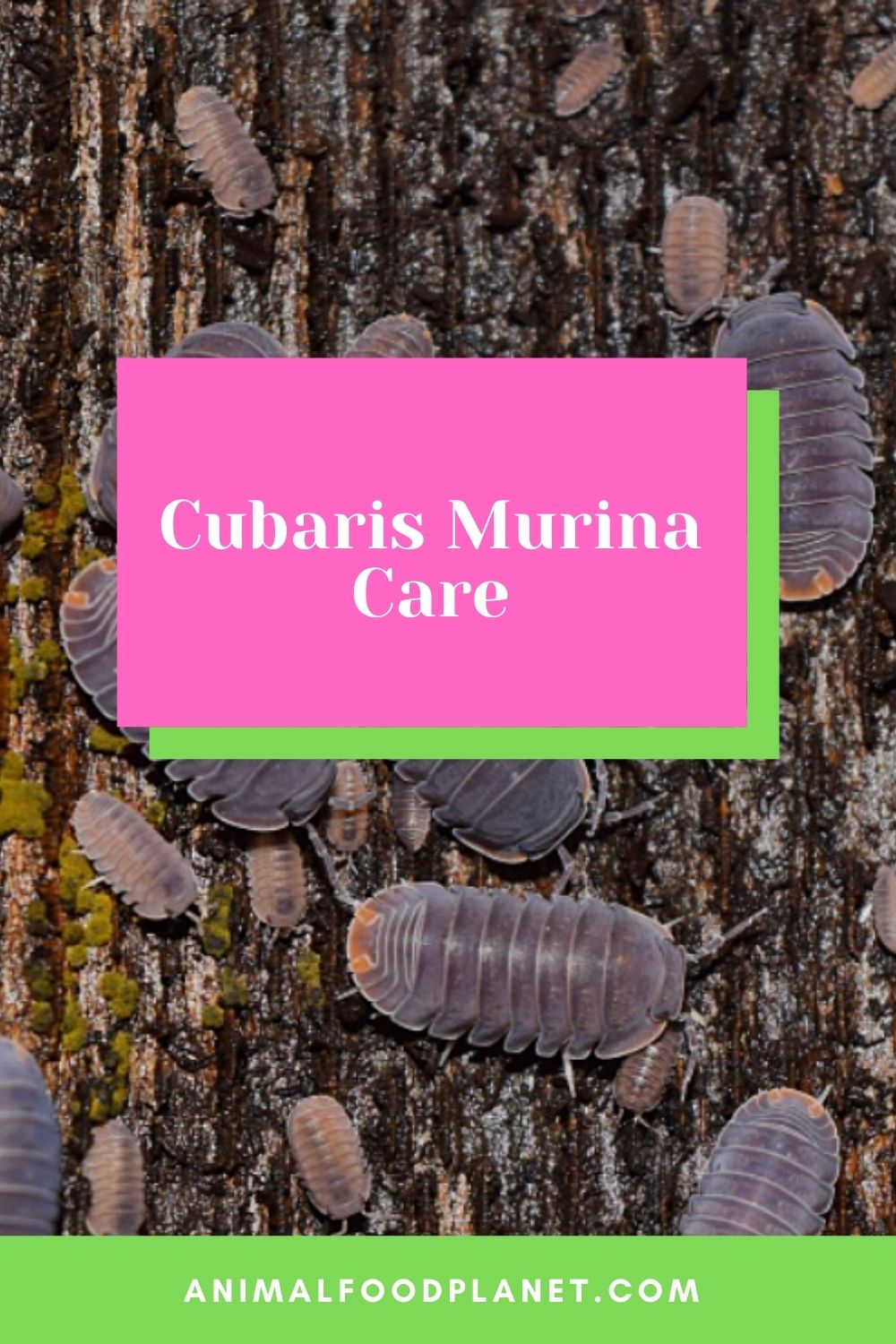
Cubaris murina Care
Cubaris murina Care Guide
Every living organism is different from others, be it in size, growth, or reproduction rate.
Cubaris murina has a slightly slower or moderate reproduction rate, depending upon the established envelope you have provided for breeding.
Cubaris murina is quite charming and cute in gray color, with two vibrant orange-colored dashes on their right part of the body, also known as pleon.
With time the dashes tend to get darker in color as Cubaris murina gets close to maturity age.
Cubaris murina is among the shy species from the family of Armadillidae, as they are searching for low grounds always.
They prefer spending time either above or below the soil, depending on the type of soil and other environmental conditions.
Many hobbyists would have noticed that Cubaris murina aren’t the hardworking isopods, as they tend to always search for soft ground, where they can spend their time and rest up.
Size
Cubaris murina is said to be a medium-sized isopod due to its overall size. These isopods can grow up to 3/8 inches or 0.95 centimeters in size.
If you place a 15 cm uniform ruler, you can easily adjust 15 Cubaris murina isopods on it.
If you are a hobbyist, you would understand that their size doesn’t matter unless you are providing a well-maintained growing environment.
When these isopods fear danger around them, they use their body as the primary cover, curling themselves into soft body shells.
Every isopod has a special body, which differs it from other isopods in their family. Not every Cubaris murina is able to grow about 1.2 centimeters in length.
It’s the care and patience a hobbyist or a keeper posse in order to look after its isopods.
Lifespan
Like other isopods in their family, Cubaris isopods are also able to enjoy their life for up to a year. Their social environment and behavior play a vital role in their upbringing and overall lifespan.
If treated with care and love, Cubaris murina isopods can live two years or even greater.
Like other isopods, Cubaris murina is capable of breeding in 14-30 days, depending on their lifestyle and other conditions. Breeding duration or breeding properties doesn’t affect an isopod’s net lifespan.
The environmental conditions directly impact an isopod’s lifespan and character traits.
isopod’s growth depends on the condition of their living envelope, which depends upon several factors, including humidity, moisture, temperature, and substrate.
It’s best to invest in a well-built envelope for isopods if one is looking for an extended lifespan and healthy growth.
Difficulty
While breeding Cubaris murina isopods, one has to look after their terrarium and its overall environment.
Though Cubaris murina doesn’t require any special treatment, their offspring start appearing in two to three weeks, making the terrarium overcrowded.
Hence, it’s important to control the entire envelope, keeping it clean from animal wastes and other impurities.
Secondly, the height of the substrate should be optimized according to the requirement of the Cubaris murina isopod.
Moreover, it gets important to maintain the humidity and saturation of the substrate inside the envelope.
Enclosure
Like every living organism, isopods also require an ideal growing environment. The setting of the enclosure directly impacts the breeding and other activities of the Cubaris murina isopod.
Talking about the humidity, the rate of humidity should be maintained at around 70% or even more to make Cubaris murina feel at home.
Providing an interactive bio enclosure to young isopods boost their cannibalism rate, impacting the breeding mechanism.
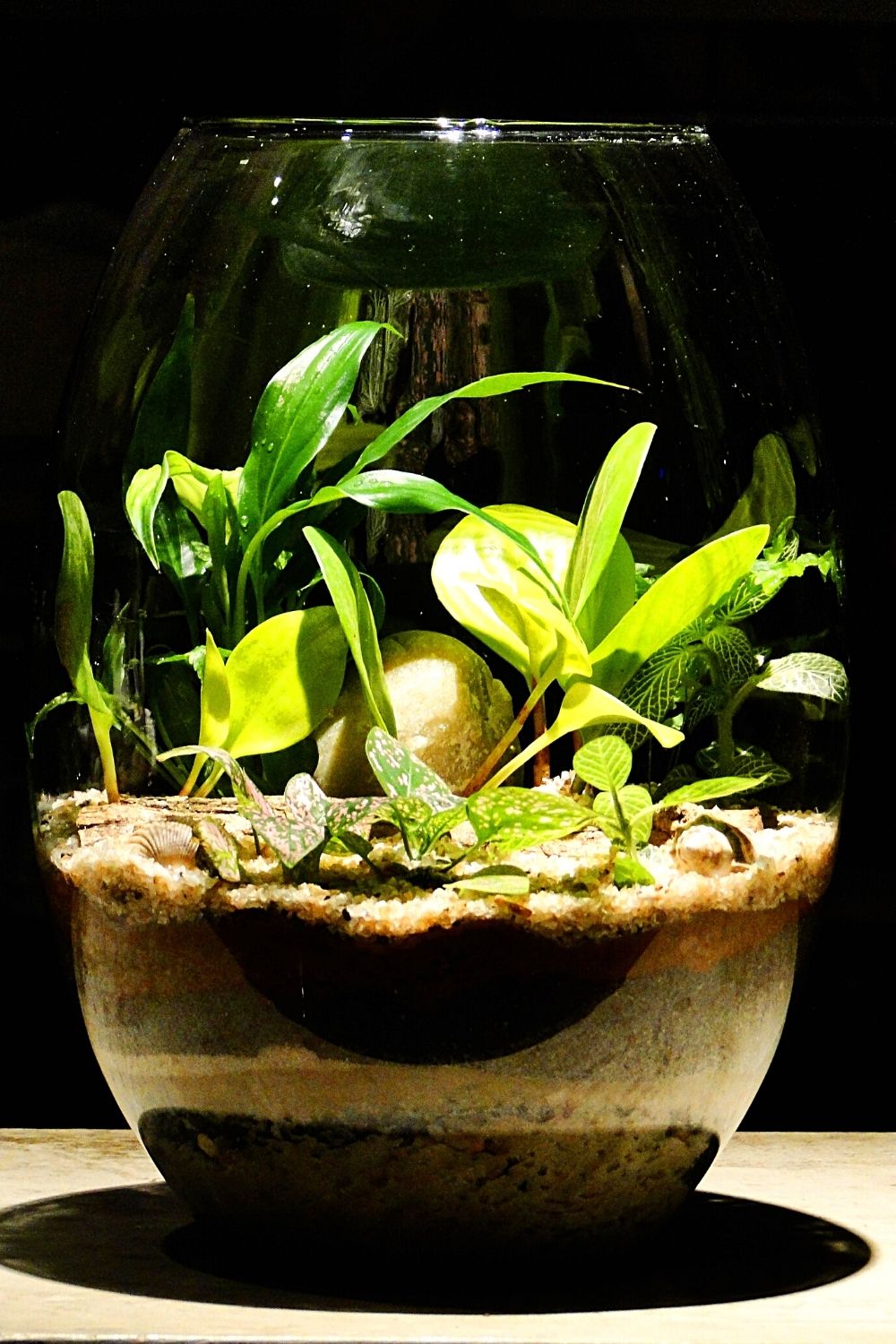
Providing an interactive bio enclosure for your Cubaris murina isopods will impact their breeding mechanism
As Cubaris murina are small in size and have a slow breeding rate, one can place up to 12 isopods in a one-liter tank.
Talking about the soil or substrate conditions, keeping the substrate height around 2.8-3 centimeters is advised.
Cubaris murina is always in search of soft ground conditions on which they can slide or roll over as they sense fear.
It’s ideal for providing them with Calcium supplements, Morning wood, and a Bug burger for steady growth and reproduction. However, adding food to the enclosure would boost the overall strength of isopods.
In order to take care of your isopods, it’s important to breed them in a decent animal tank or terrarium.
With plentiful leaf litter, moss, and sphagnum, Cubaris murina isopods would enjoy a comfortable environment.
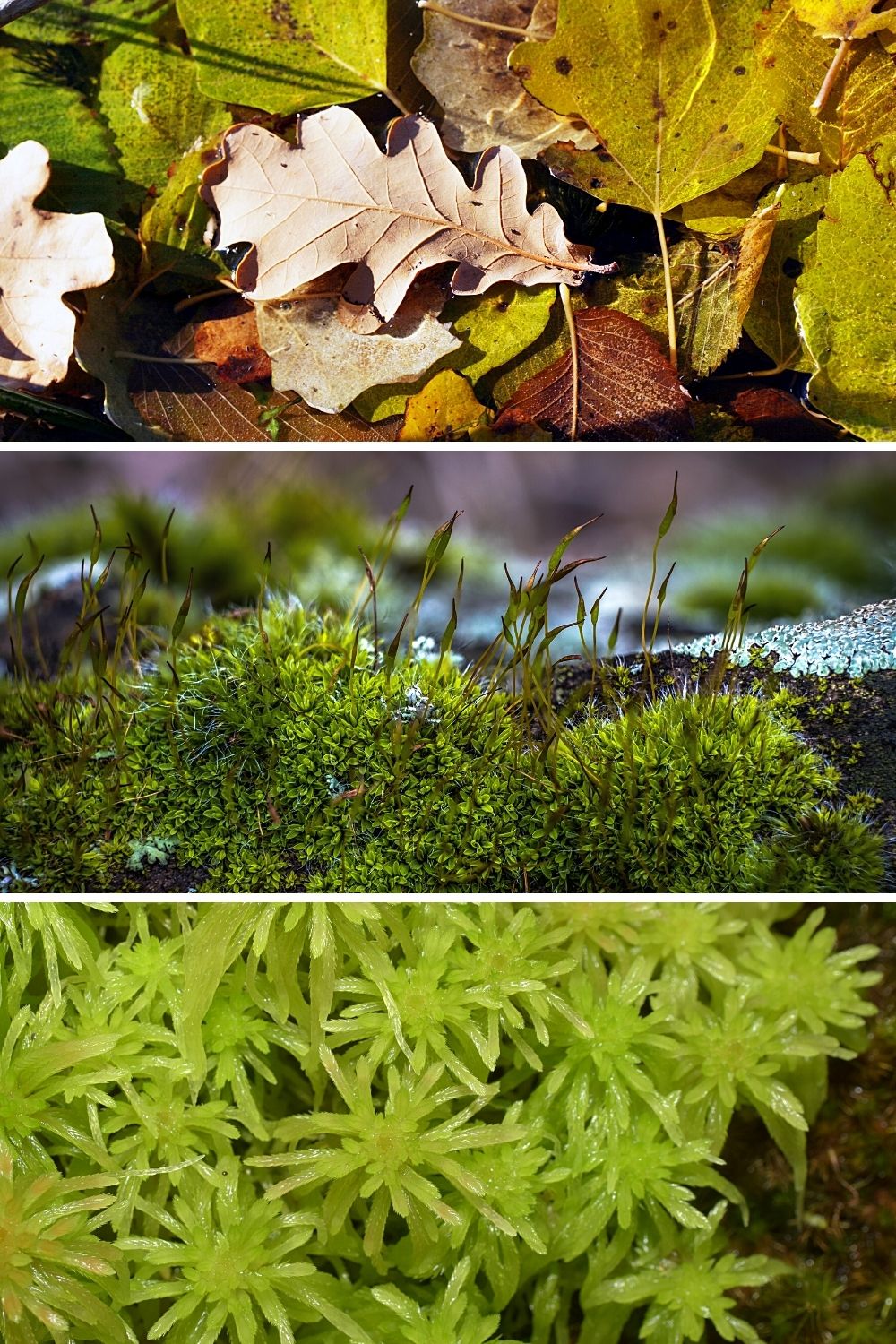
Adding plentiful of leaf litter, moss and, sphagnum to the enclosure will make your Cubaris murina live comfortably in it
In order to keep the enclosure moist, it’s recommended to perform misting twice a week, keeping the enclosure humid and according to the adaptations of Cubaris murina isopods.
Substrate
In nature, Cubaris isopods are found on a calcareous substrate containing an average amount of lime.
As Cubaris murina isopod can thrive in any soil conditions, it’s ideal to provide them with compost topsoil.
Adding coco fiber and leaf litter would certainly improve the quality of the substrate, which is important in creating a natural environment for Cubaris murina isopods. The substrate shouldn’t be oversaturated, creating discomfort for breeding isopods.
Adding crushed limestone to the enclosure will keep it moist. It is better to create a completely integrated ecosystem that includes at least 10% limestone and Sphagnum Moss and 25% coco fiber and 15% dried leaves combination.
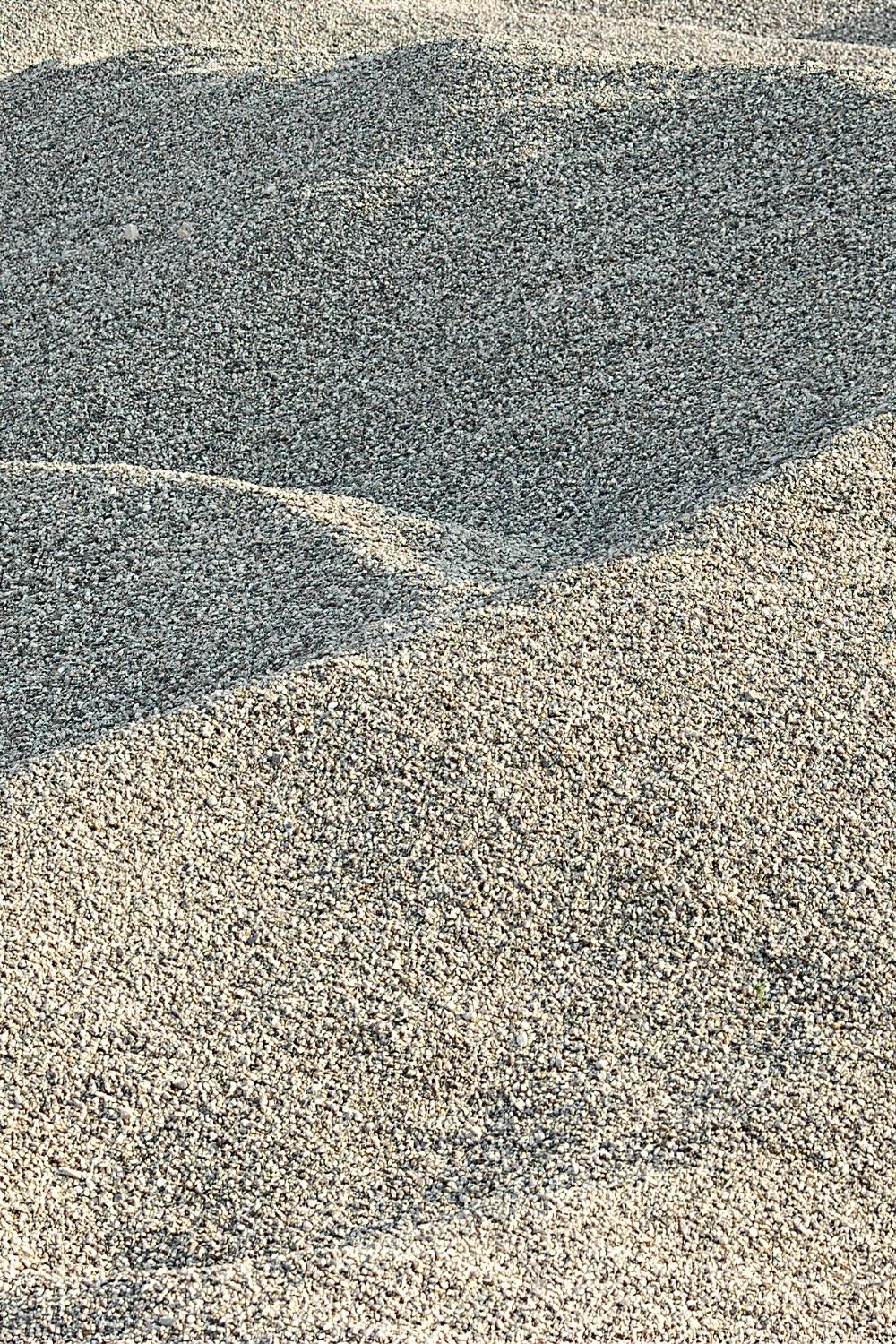
Adding crushed limestone to your Cubaris murina’s substrate will help keeping their enclosure moist
In general, isopods prefer staying surrounded by naturally occurring constitutes that offer an environment close to their natural habitat.
Providing them soft and 100% natural substrate would best fit their needs, encouraging healthy growth and breeding.
The deciduous forest humus offers much organic content to the soil, creating a well-balanced internal environment just for Cubaris murina isopods.
Temperature
The family of isopods is resilient to temperature changes around them. Hence, the temperature being one of the most important factors, it’s important to maintain optimum temperature levels to breed Cubaris murina isopods.
Temperature ranging between 70-85°F (25-33°C) with at least 70-75% humidity is ideal for growing and keeping Cubaris murina isopods.
If you are living in a fairly cool environment, it’s recommended to keep your acrylic tank or terrarium in a spot where it receives ample indirect sunshine.
Indirect or dappled sunshine would keep the acrylic glass warm, benefitting growing isopods that require optimum growth temperatures.
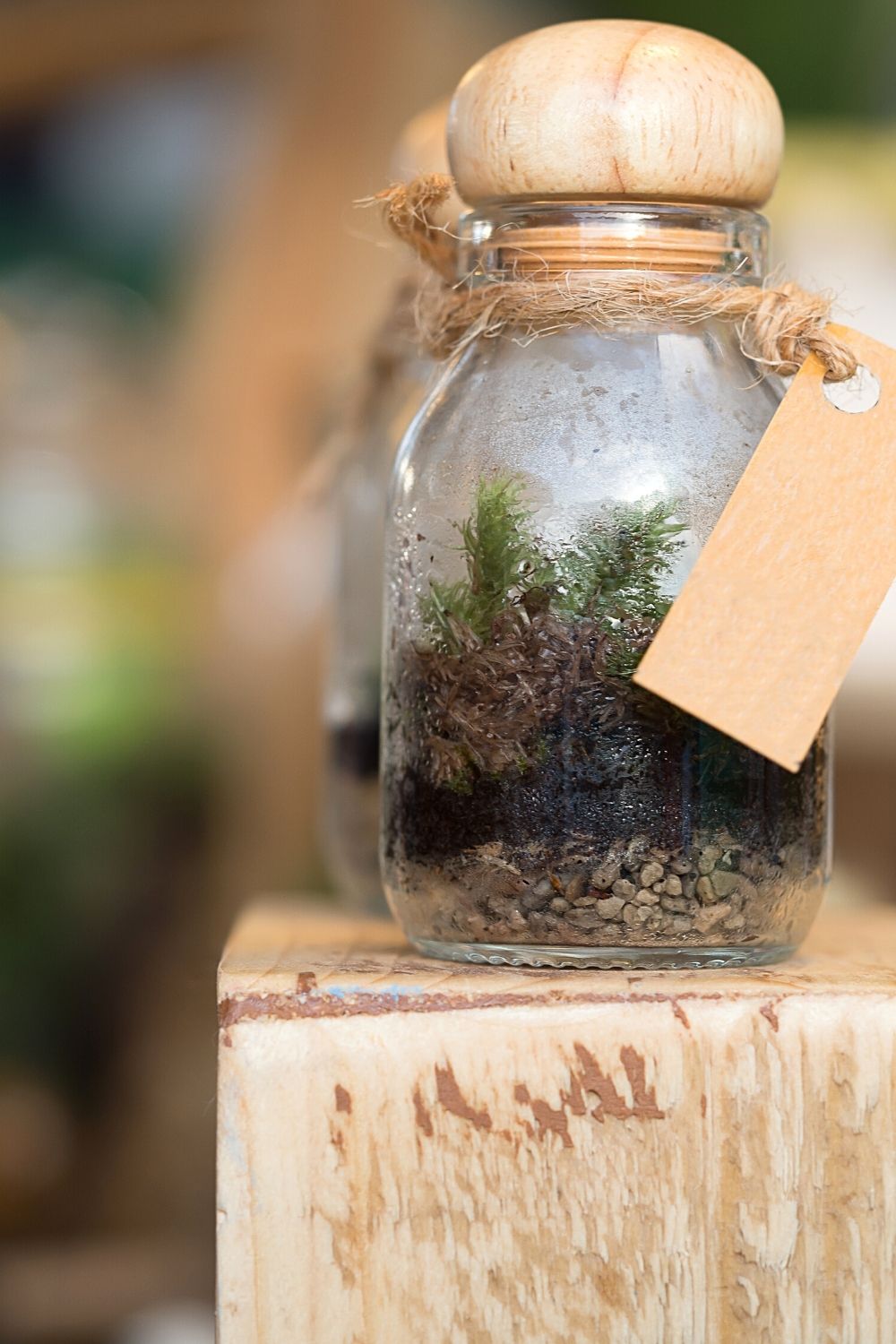
Since it’s important to keep your Cubaris murina’s enclosure warm, place it somewhere that receives dappled or indirect light
Organic compost and dead leaves also produce sufficient heat for maintaining the internal environment of terrariums.
Raising Cubaris murina is relatively easy; however, one has to take care of the temperature values and relative humidity levels.
Adding desired substrate type and other additive elements can also increase the overall heat in the tank.
Hence, the temperature of the animal tank or terrarium needs to be maintained throughout the year, irrespective of the external or surrounding temperatures.
Placing an under-tank heater would provide sufficient heat to the tank in cold environments.
Humidity
Cubaris murina isopods are adapted to specific humidity levels in their surroundings. Be it any substrate or type of animal tank; the keeper must maintain the humidity inside the tank.
Cubaris murina are crustaceans, and they enjoy rising humidity and moisture levels in their surroundings.
As Cubaris murina grows in temperate and moist regions of the Pacific Ocean, tropical Asia, Mexico, South America, North America, and Australasia, they enjoy humidity levels around 70-75%.
In order to avoid excessive temperature gain, one can drill some holes in the tank to enable cross ventilation.
The overall growth and reproduction of Cubaris isopods depend upon the temperature, moisture, and humidity content. As hobbyists grow Cubaris in an artificial made environment, they have to take care of all basic parameters.
Handling Cubaris murina isopods is easy. The required humidity percentage can be attained by keeping the acrylic tank, animal pot near the windowpane, or cozy warm spot.
It is said that they breed and eat well where the humidity rate is above 75%.
To create ideal moisture levels, hobbyists can sprinkle a small amount of water on the tank; however, the substrate shouldn’t be oversaturated.
View this post on Instagram
Diet
Like other isopods in the family, Cubaris murina isn’t very demanding, as they also thrive on a regular isopod diet.
However, one should provide a balanced diet to its growing isopods, which need the energy to reproduce every 2-3 weeks.
Their variable diet should include leaf litter, plants, rotting wood, flakes, fish food, dried shrimps, veggies, and fruits.
Moreover, it’s best to provide them with only organic content, boosting their overall growth and efficiency.
Cubaris murina enjoys sweet fruits; however, it’s recommended that one should only treat their Cubaris murina with fruits occasionally.
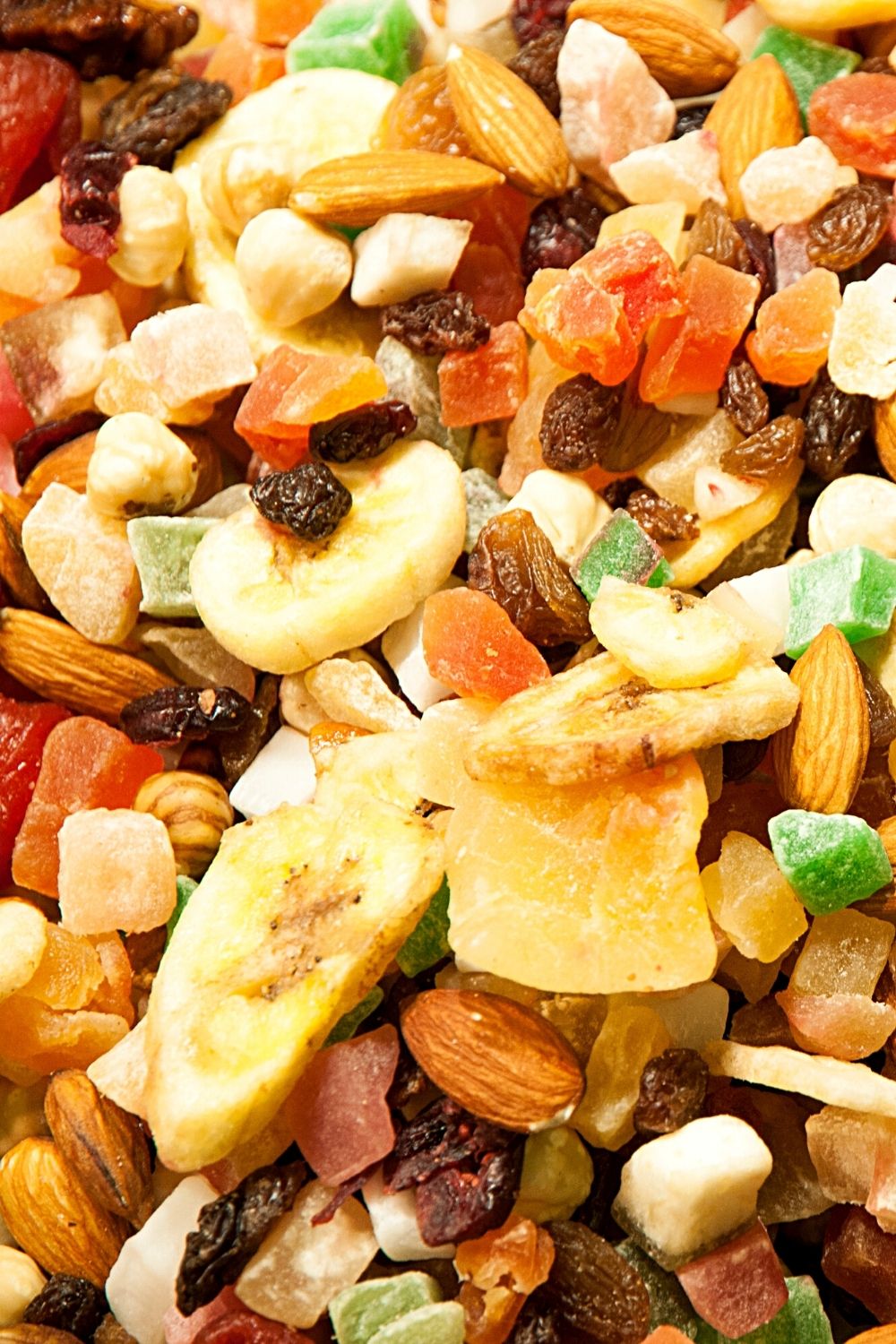
Though Cubaris murina loves sweet fruits, it’s still best that most of their diet consist of protein and calcium
Their diet mainly consists of protein and calcium, which are important for growing, breeding, and reproducing.
Breeding
Cubaris murina isopods are considered a very fast and showy immature species. Depending on the breeding conditions, one can expect multiple offspring within three weeks of breeding.
For example, if you have kept 12 isopods in the 1-liter tank, after 2-3 weeks, there would be around 25 isopods waiting for your attention and care.
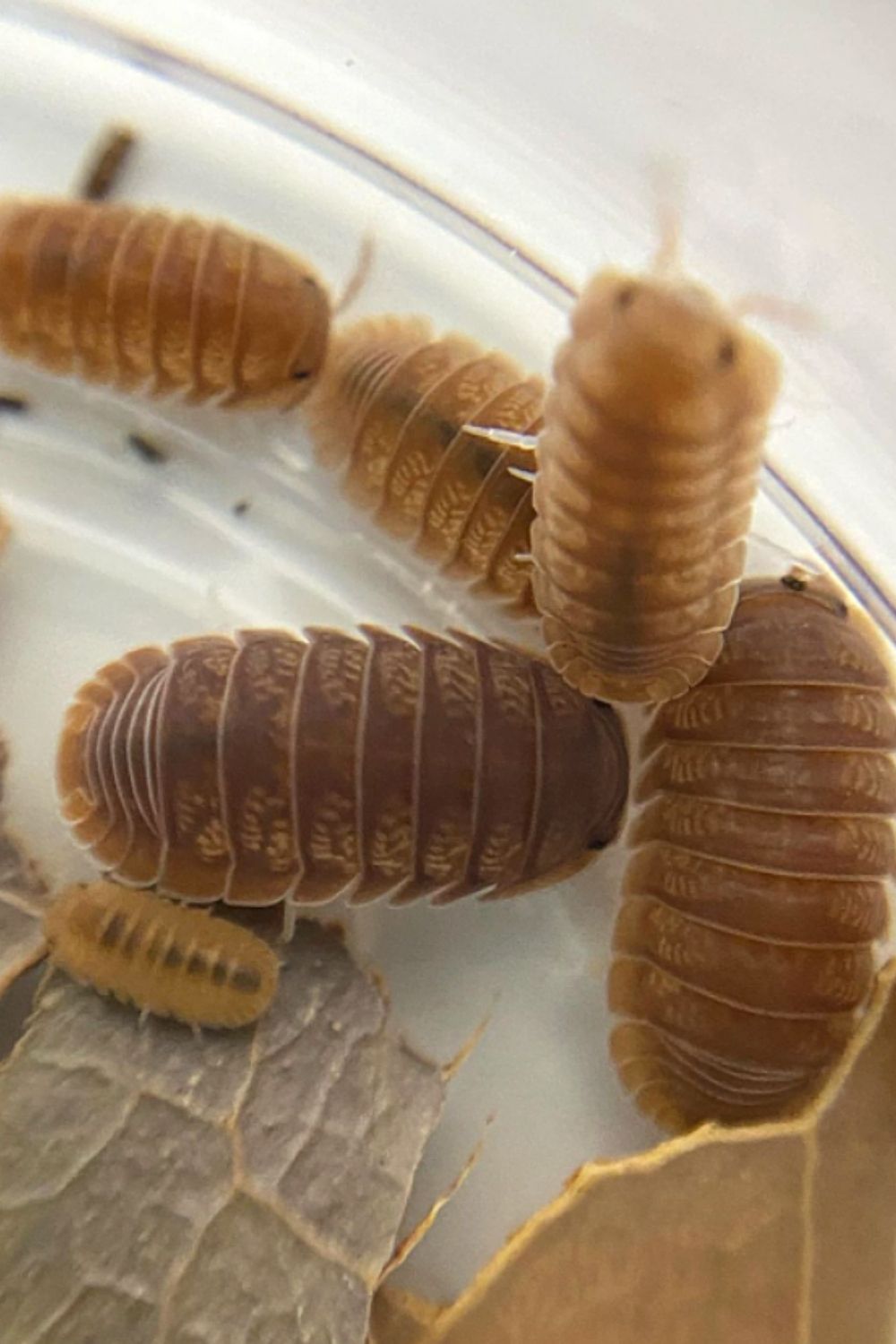
Photo Credit: @the_great_invertebrate on Instagram!
Cubaris murina isn’t region-restricted species, as they can be found in numbers across the various temperate regions of the world.
Cubaris murina is an easy-to-breed species that suit various environments and external conditions.
Talking about the offspring of Cubaris murina isopods, they can produce up to 25 young isopods in a 1-liter tank. Depending on the breeding conditions, the average time taken is around 17 days or 2-3 weeks.
Frequently Asked Questions about Cubaris murina Care
Why do Cubaris murina isopods love to eat fruits?
Cubaris murina loves having sweet cravings. Fruits are just like seasonal treats for isopods, as fruits aren’t the main part of their diet in the first place. A keeper or a hobbyist can add crushed apple to its isopod diet. Along with apples, bananas and other fresh vegies can be fed to isopods.
Are Cubaris murina isopods easy to breed and grow?
Cubaris murina is very easy to grow and breed compared to other isopods in the family. They just require a well-composed substrate and optimum humidity and temperature levels. Even beginners can try experimenting with Cubaris murina isopods.
Where are Cubaris murina isopods kept for breeding?
Cubaris murina isopods are kept in small animal pots or terrariums having a state-of-the-art internal environment. A one-liter tank would suffice upto 12 Cubaris murina isopods at a time; moreover, it’s recommended to avoid overpopulating the tank.
Conclusion
Like other isopods, Cubaris murina requires little care, making them an excellent pick for vivariums and terrariums.
Cubaris murina isopods are best known for their speedy reproduction rate, as they are able to reproduce within 2-3 weeks, depending upon several factors.
Cubaris murina has a very appealing and attractive appearance. They are also soft and adorable like the Rubber Duckies isopods in their family.
While breeding Cubaris murina isopod, one needs to look after the enclosure, diet, and internal conditions of their living space.

